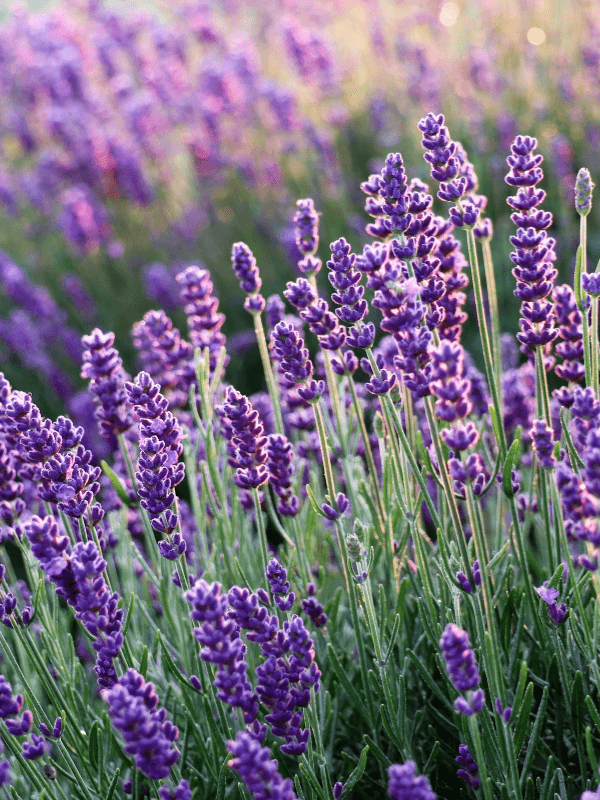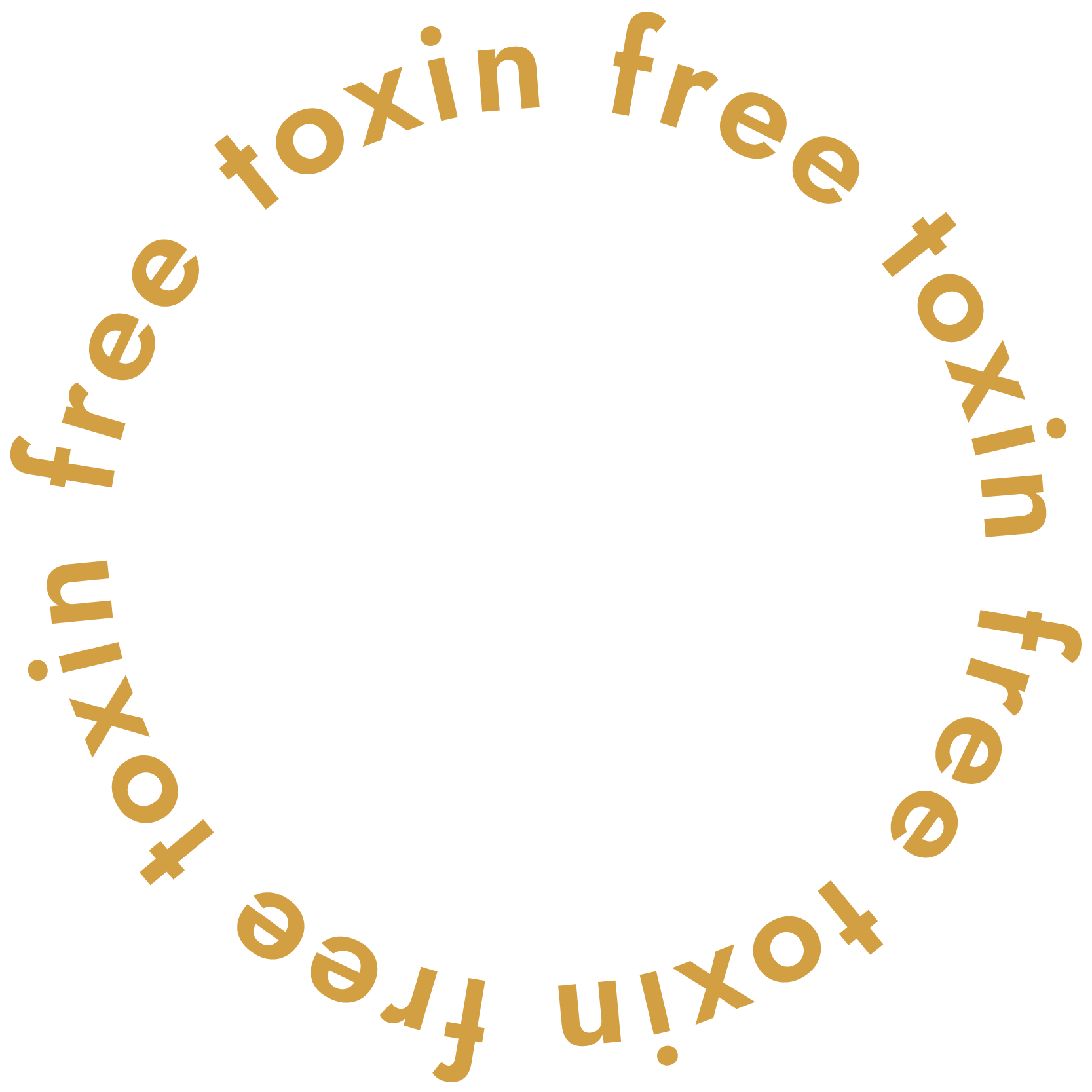Apple Podcasts | Spotify
That viral post about lavender essential oil causing hormone disruption is based on a 15-year-old myth that’s been thoroughly debunked. As a former environmental toxins attorney, I’ve watched this rumor circulate for years, causing unnecessary fear among parents and wellness enthusiasts.
The original 2007 case report that started it all was based on three children using products that likely didn’t contain much real lavender essential oil. They contained synthetic fragrances and known hormone disruptors.
In June of 2022, this issue was put to rest when a cross section epidemiological study of 556 children proved what aromatherapists have known all along: pure lavender and tea tree essential oils pose no endocrine disruption risks. The real concern isn’t with authentic essential oils – it’s with synthetic fragrances and adulterants that often masquerade as “lavender” in personal care products.
In this episode, I break down the science, share actual research, and explain why you can confidently use pure lavender essential oil as part of your wellness routine. You’ll learn how to identify quality oils, understand the difference between synthetic fragrances and pure essential oils, and make informed decisions about your family’s health.
In today’s episode, we’re chatting about:
- The truth behind the 2007 case report that started the hormone disruption rumor
- Why synthetic fragrances are the real endocrine disruptors to avoid
- How to identify pure lavender essential oil versus synthetic imposters
- The gold-standard research proving lavender’s safety
How a 2007 Case Report Started This Rumor
I can’t believe it’s been that long since we’ve been talking about this. Three case reports were published in 2007. They weren’t studies; they were case reports.
Three young, healthy South American boys were using topical products containing lavender and tea tree essential oils. These case reports said the three boys were all using products containing these essential oils and that the boys had gynecomastia, which is basically enlarged breast tissue. The reports said that the condition resolved itself within four to nine months of not using those products. The conclusion was that lavender and tea tree essential oils could potentially be causing gynecomastia.
And that’s all it takes for a rumor to start.
Problems With These Case Reports
I think there are some obvious problems with this. Gynecomastia is typically idiopathic, which means they don’t typically know what causes it. There are environmental and genetic considerations. These boys were all Latin.
- What did they eat? Two of the boys in the study drank soy milk regularly for years.
- What was their immune function?
- Were there any other environmental contaminations, cosmetics, personal care products, or pesticides?
- What kind of water were they drinking?
When you’re looking at three people for a case study, it is really difficult to say one thing is causing something, but let’s just say that that product was causing it.
- What was that product actually scented with?
- What were the other ingredients in those personal care products?
- Were there parabens?
- Were there phthalates?
- Were there other things that are known, well-researched, and well-published endocrine disruptors?
Why would you jump to the conclusion that it would be lavender essential oil? You want to look at everything in it.
Another interesting thing about that is that one of the boys had a fraternal twin. One of the boys was in the report, and both of the fraternal twins used this lavender-containing soap, but only one of the twins developed gynecomastia. So again, take into consideration what else could be causing it.
Just because something is published in a journal doesn’t make it true. It doesn’t mean that it’s not riddled with problems or that it’s accurate. It’s a hard pill to swallow for many people because you assume that things in a reputable medical journal have rigor.
In the episode, I talked about another case report from 2019 that reported similar findings and again referenced “lavender fragranced products.”
The following year, in 2020, a systematic review of all the medical literature was published and the conclusion was that there was no evidence to support the claim that tea tree essential oil is related to endocrine disruption in children, and there is “little to no evidence to substantiate the proposed link between lavender essential oil and endocrine disruption in children.”
The authors suggested that because this potential link remains a concern among pediatric care providers and parents, epidemiological research should be conducted. (Keep reading… that research was published in 2022).
What Else Was in the Lavender Fragrance?
Multiple rebuttal letters were written in 2020 in response to the published 2019 case reports, and researchers said that they tested the products being used by these kids and found that they did not contain lavender essential oil at all. They were fragranced with synthetic compounds.
I’m sure you aren’t surprised by this. They found multiple endocrine disruptors, including Azo dyes (which are very toxic) and diethyl phthalate (a well known endocrine disruptor). The baby oil that was being used had trace amounts of lavender essential oil in it, but it also had other contaminants.
Synthetic vs. Pure Lavender Essential Oil
When talking about lavender products, the chances of a product using only pure lavender essential oil are questionable.
Lavender is kind of like the olive oil of the aromatherapy world. What I mean by that is so much more lavender essential oil is sold on the market than is made, just like olive oil, and that’s why you see counterfeit olive oil being sold. There’s so much fake olive oil on the market because more is sold and even exported out of Italy than is actually made.
Lavender is probably the most adulterated essential oil on the market. I have been to organic and regenerative lavender farms that use old-school harvesting practices. They distill in pure water, and it takes 27 square feet of lavender plants to make one 15-milliliter bottle of lavender essential oil. Because of that, getting real, pure lavender essential oil is expensive.
A lot of what’s sold is actually synthetic lavender. It can have fillers, phthalates, lilial (a reproductive toxin), or musk ambrette (causes early puberty) in it. It’s not real lavender. What you’re buying is adulterated, cheap, fake, synthetic-filled lavender essential oil. You have to be careful to only buy actual, real lavender essential oil.
The 2022 Epidemiological Study
Where does this leave us now? The International Journal of Pediatrics and Adolescent Medicine conducted a real scientific study. This cross-sectional epidemiological study involved 556 children. The study’s conclusion was, “Children who were regularly exposed to lavender or tea tree essential oils experienced the same risk of endocrine disorders in general as those who were not exposed.”
I love essential oils. There are so many amazing medical studies out there proving the benefits. I highly recommend following Holly Brandenberger at the Science of Essentials. She is a nurse, aromatherapist, and clinical researcher in hospitals. She is the most phenomenal person to follow and learn about the amazing medicinal properties of pure essential oils.
You have to be careful who you buy essential oils from and make sure they’re not synthetic or cheap. I recommend Young Living as a source of pure essential oils. Use code SHAREYL for 10% off.
I hope this gives you peace of mind. I am literally going to slather myself in lavender essential oil right now, using a carrier oil and diluting it appropriately. I’m going for a walk in nature, and it’s going to help me calm my brain and nervous system and relax.
Also, this is episode 100 of the Toxin Free(ish) podcast! I just want to say thank you for celebrating with me. I would not be here if it wasn’t for you listening and educating yourselves every week. Here’s to the next 100 episodes!
Studies Mentioned:
- Original 2007 Case Study
- 2013: Lavender is not an estrogenic antagonist
- 2019 Case Report
- 2020: Rebuttal letters to the editor:
- 2020 Systematic Review
- 2022 Epidemiological Study showing no risk of endocrine disruption
If you enjoyed this week’s episode, please:
- Leave a positive review or rating wherever you listen
- Shop toxin free products on my Toxin Free Shopping Guide
- Download your free 25 Toxins to Avoid
- Post a screenshot, share what you loved, and tag me on Instagram @wendy_toxinfreeish
- Want to ask me a question to get answered on the podcast? Leave me a voice message here.
Related Episodes:
Episode 34: From Nurse to Aromatherapist: The Science of Essential Oils
Episode 87: The Ingredient to Avoid If You’re Concerned About Early Puberty in Children


+ show Comments
- Hide Comments